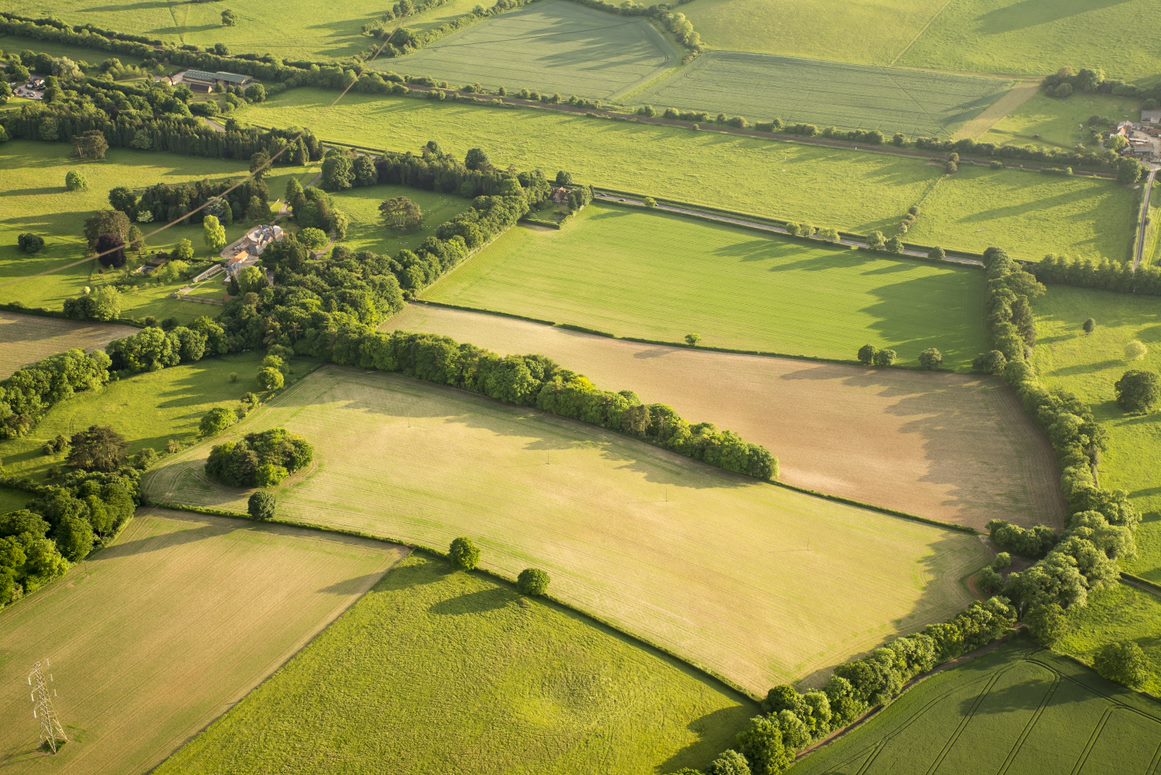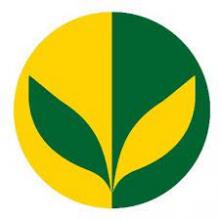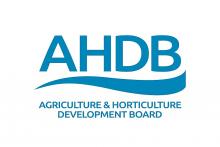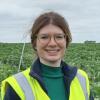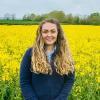Grass in livestock systems
Grass is the main plant type used for forage, which are often combined with legumes for added nutrition and other valuable traits for soil structure and quality.
Grass forage is used in livestock management as part of mixed forage-livestock systems. Here, farm managers utilise their own land to produce high quality and high yielding fodder to reduce the amount of off-farm feed which needs to be purchased and transported to the farm to supplement feeding.
Grass leys
As well as being an excellent feed for animals, grass also provides multiple benefits to the soil, including reduction in erosion, reducing run-off and improving above and below-ground biodiversity. Short-term grasslands which are implemented for a period of two-three years within arable rotation are called 'leys' are used to regenerate soil structure and quality after arable cropping, which depletes soil nutrients and breaks down soil structure.
Grass leys can be used as part of a mixed farming system, or grass can be cut for forage or silage and sold to external livestock farms.

